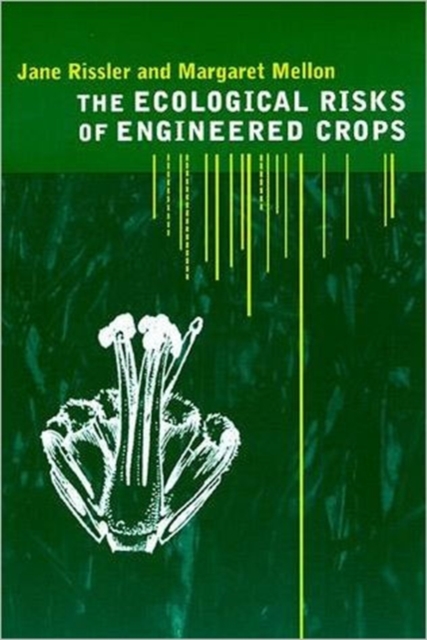
The Ecological Risks of Engineered Crops Hardback
by Jane Rissler, Margaret Mellon
Hardback
Description
What will it mean to have a steady stream of animal and microbial genes entering the gene pools of plants in wild ecosystems?Private companies and the federal government are pouring significant resources into biotechnology, and the major application of genetic engineering to agriculture is transgenic crops.
This carefully reasoned science and policy assessment shows that the commercialization and release of transgenic crops on millions of acres of farmland can pose serious -- and costly -- environmental risks.
The authors propose a practical, feasible method of conducting precommercialization evaluations that will balance the needs of ecological safety with those of agriculture and business, and that will assist governments seeking to identify and protect against two of the most significant risks.Rissler and Mellon first define transgenic plants and review research currently under way in the field of crop biotechnology.
They then identify and categorize the environmental risks presented by commercial uses of transgenic crops. These include the potential of transgenic crops to become weeds or to produce weeds with transgene properties such as herbicide resistance that may require costly control programs.
Plants engineered to contain virus particles may facilitate the creation of new viruses that can affect economically important crops.Looking at global seed trade, the authors discuss the relationship between commercial approval in the United States and environmental risks abroad.
Of particular concern is the flow of novel genes into the centers of crop biodiversity, primarily in the developing world, that could threaten the genetic base of the world's future food supply.The authors conclude by reviewing the current status of U.S. regulations governing transgenic crops. They discuss the difficulties that this new terrain presents to regulators, and offer recommendations concerning the commercial development, risk assessment, and regulation of these crops.Copublished with the Union of Concerned Scientists
Information
-
Item not Available
- Format:Hardback
- Pages:192 pages, 8
- Publisher:MIT Press Ltd
- Publication Date:03/06/1996
- Category:
- ISBN:9780262181716
Other Formats
- Paperback / softback from £4.95
Information
-
Item not Available
- Format:Hardback
- Pages:192 pages, 8
- Publisher:MIT Press Ltd
- Publication Date:03/06/1996
- Category:
- ISBN:9780262181716






